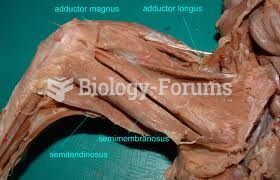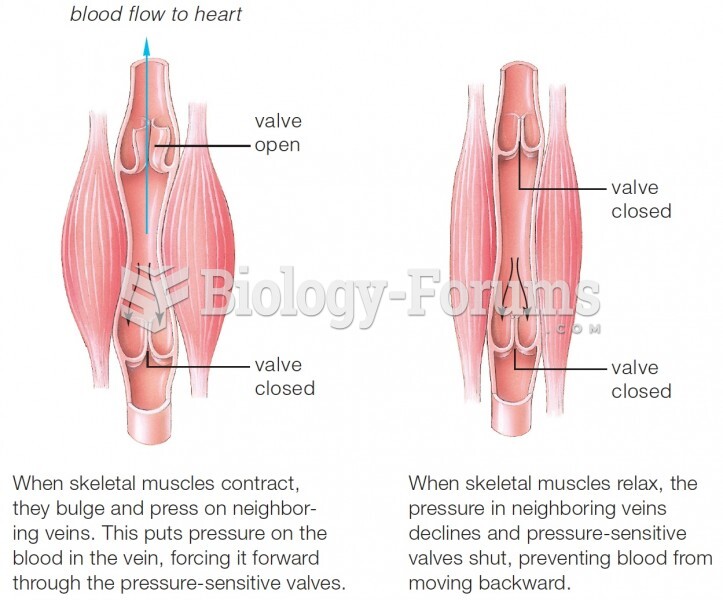This topic contains a solution. Click here to go to the answer
|
|
|
Did you know?
Oxytocin is recommended only for pregnancies that have a medical reason for inducing labor (such as eclampsia) and is not recommended for elective procedures or for making the birthing process more convenient.
Did you know?
Human kidneys will clean about 1 million gallons of blood in an average lifetime.
Did you know?
The horizontal fraction bar was introduced by the Arabs.
Did you know?
Computer programs are available that crosscheck a new drug's possible trade name with all other trade names currently available. These programs detect dangerous similarities between names and alert the manufacturer of the drug.
Did you know?
Green tea is able to stop the scent of garlic or onion from causing bad breath.







